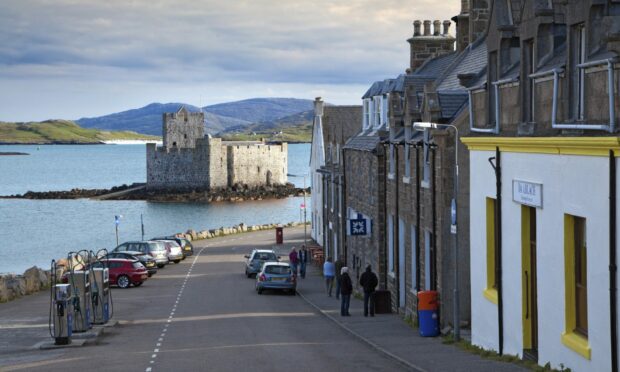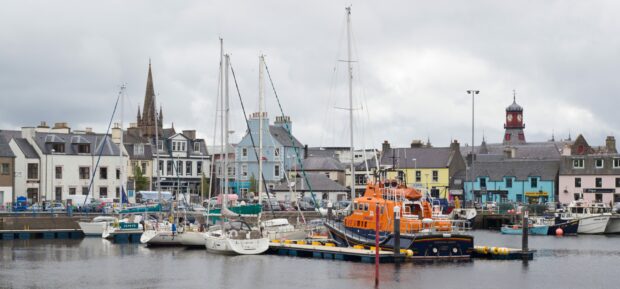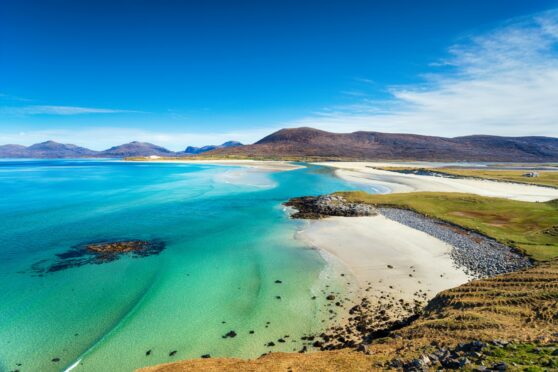Communities across the Western Isles and coastal Highlands are being warned of the “unavoidable” impact of rising sea levels – and the massive cost of trying to adapt.
Climate change experts told MSPs the islands and coastlines in the west will directly see the impact of global warming through potentially more than a metre of sea level rises.
They also warned of the “substantial” and “unsustainable” cost of trying to either protect communities or move them elsewhere.
Speaking at a Holyrood committee on Wednesday, Professor Bill Austin, chair of Scotland’s Blue Carbon Forum, says Scotland cannot avoid sea level rising, particularly if the UN’s climate target of no more than 1.5 degrees of global warming is not met.
‘Long-term change we can’t avoid’
Professor Austin said: “Sea levels will continue to rise.
“The Western Isles is facing some of these challenges.
“Half a degree [of global warming] is going to translate here in Scotland to the order of tens of centimetres of sea level changes by the end of the century.
“This is a long-term change that we can’t avoid.”
He added: “This is really important because this is where we will experience global warming through sea level rises in a very real way.”
Professor Sir Ian Boyd, marine mammals specialist at St Andrews University, said coastal areas are vulnerable.
“UK climate projections on sea level rises suggest that the lower end will be up to half a metre by the end of the century,” he said.
“At the upper end we are talking about a metre or more.
“While that doesn’t sound huge, when you add it on top of extreme weather, you get extreme scenarios.
“That will cause problems in coastal areas which may be vulnerable in the future.”
Both experts also said there is a need to “realign” Scotland’s coastlines and introduce an “adaptation strategy” for those living in these communities.
Costs could be ‘substantial’
The committee is also being warned the coast of helping these islands and coastal communities in the face of rising sea levels could be extremely high.
Solutions could include a range of measures from coastal defences, to moving entire communities further inland.
Professor Austin said: “We will need to spend more where appropriate on coastal defences and accept the need to realign coastlines.
“The infrastructure costs are very high in the face of sea level rises and may be unsustainable.”
Professor Boyd added: “The legacy is we have built on coastal areas which may well be vulnerable in the future.
“Trying to quantify the costs of protecting these areas or getting people out of these areas has not been done, but it will be very, very substantial.”
This was the first in a series of meetings that will be held in Holyrood to discuss the impact of the climate and nature emergencies on Scotland.


